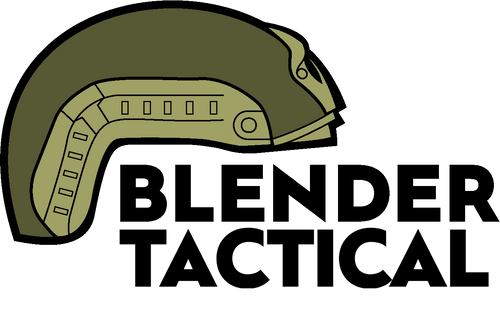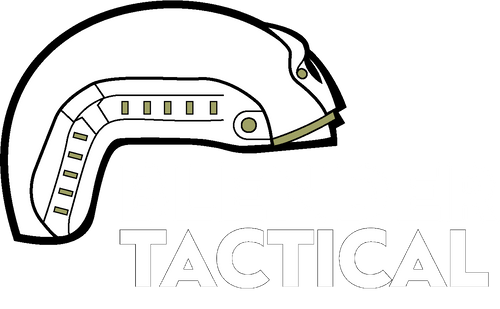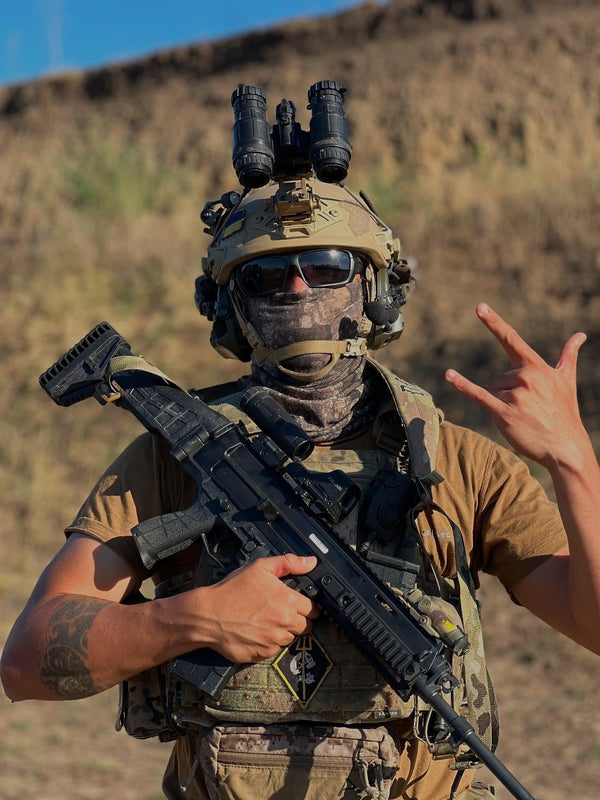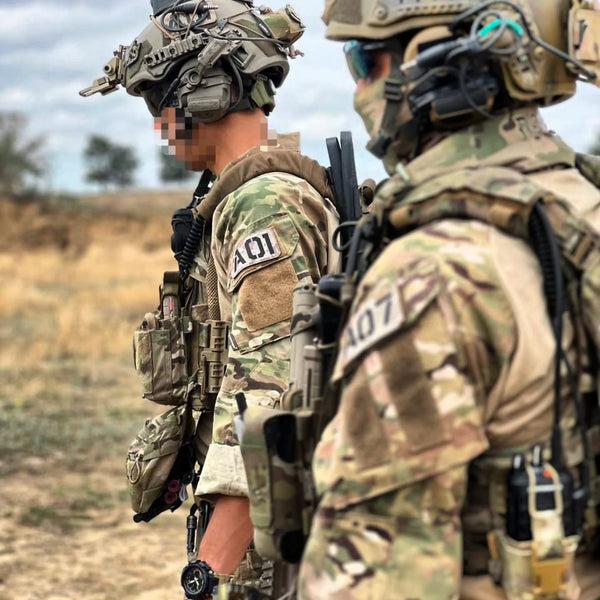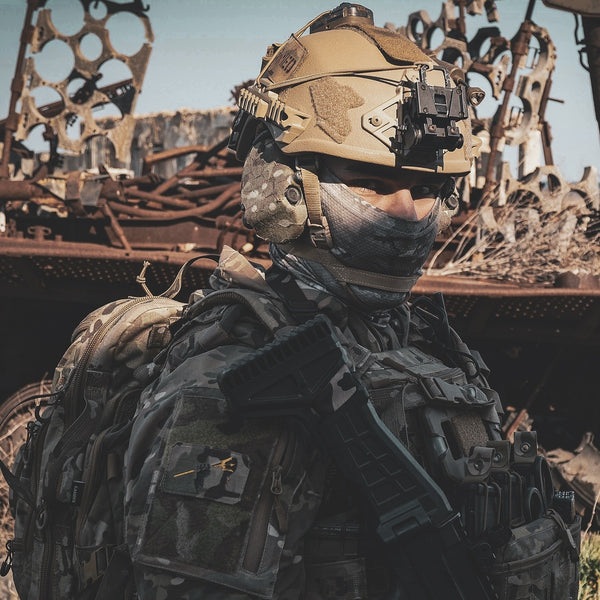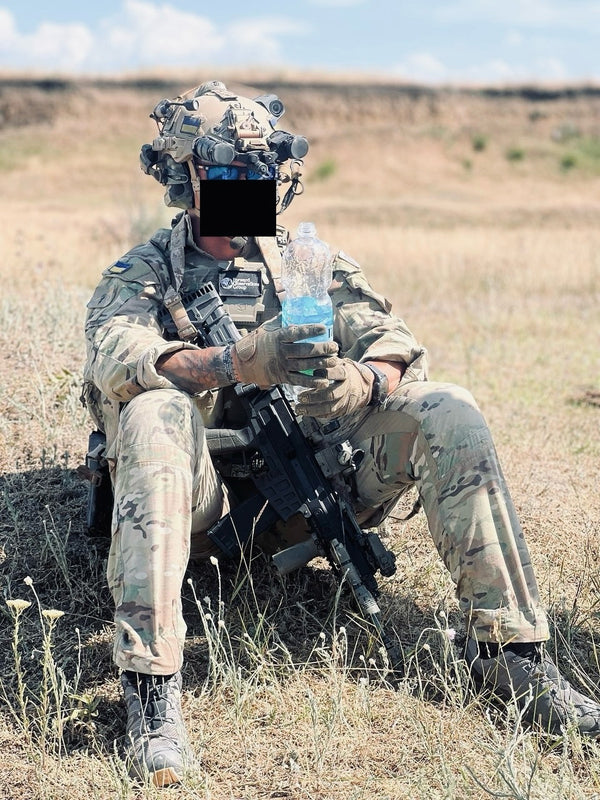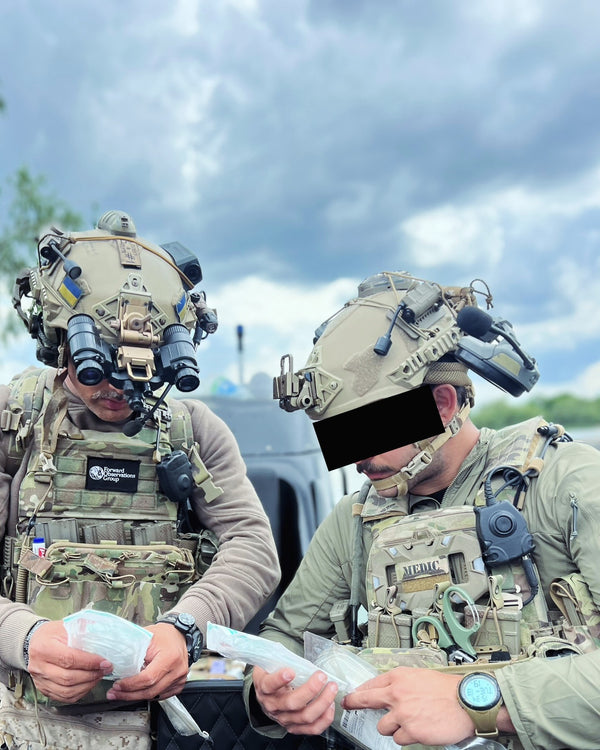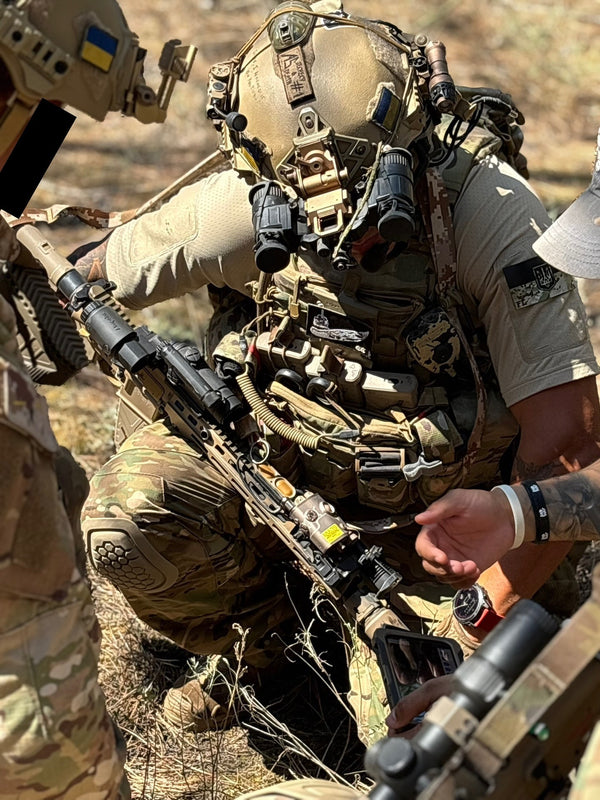Everything You Need to Know About Ballistic Helmets
Choosing the right ballistic helmet means balancing protection, weight, comfort, and mission needs. Below we answer common questions people search for about ballistic helmets, explain standards, and point out practical accessories and trade-offs so you can pick what’s best for you.
Are there cheap ballistic helmets?
Yes — there are lower-cost options on the market, but "cheap" often means compromises in certification, materials, or quality control. Key things to check:
- Certification: Look for NIJ or equivalent independent test reports. A helmet that isn’t certified may not perform reliably in a real incident.
- Protection level: Most affordable helmets are rated for NIJ IIIA (pistol and fragmentation threats). True rifle-rated helmets are much heavier, more expensive, and use different materials.
- Fit and comfort: Low-cost helmets may skimp on suspension systems, pads, and retention, which affects usability over long missions.
- Warranty and testing transparency: Cheaper sellers sometimes offer limited or no testing proof — avoid those for life-safety gear.
For professionals, investing in a certified, proven helmet is usually worth the extra cost. For recreational use (airsoft, training), lower-cost options can be acceptable if you understand their limits.
What ballistic helmet accessories should I consider?
Accessories make a helmet mission-ready and more comfortable:
- NVG mounts and shims — for night-vision systems; ensure your helmet has a mount pattern and enough shell stability.
- Side rails — accept lights, comms adapters, cameras, and shields; choose ones rated for weapon-mounted gear.
- Hearing protection and helmet-compatible headsets — high-cut shells pair well with active hearing protection.
- Comfort and retention pads — antimicrobial, moisture-wicking pads increase wear time and reduce chafing.
- Helmet covers and camouflage shrouds — protect the shell finish and help with concealment.
- Visors and face shields — some missions require ballistic or non-ballistic visors; verify compatibility with the helmet’s rails and NVG mounting.
Is there such a thing as a rifle-rated ballistic helmet?
Short answer: not in the same lightweight shell form factor as typical tactical helmets. Most soft-shell helmets (including NIJ Level IIIA) are tested and certified against handgun threats and fragments, not high-velocity rifle rounds. Rifle-rated protection usually requires hard armor plates or helmets with specific composite or hybrid constructions designed and tested to stop centerfire rifle rounds.
Important notes:
- NIJ IIIA protects against most handgun rounds and fragmentation but not 5.56×45 or 7.62×51 rifle rounds.
- If you need rifle protection, look for helmets or full-head systems specifically tested and certified for rifle threats — they will be heavier and often bulkier.
What should I know from a ballistic helmet "wiki" perspective — standards and performance?
Understanding the standards helps you compare helmets:
- NIJ Levels: NIJ IIIA is the most common level for soft ballistic helmets and covers many handgun threats and fragmentation tests. Other levels are for plates and rifle protection.
- STANAG 2920 / V50: Measures fragment resistance. V50 (m/s) indicates the velocity at which 50% of test fragments penetrate — higher is better.
- Backface Deformation (BFD): Measures how much the interior surface deforms behind a non-penetrating impact; lower values indicate less blunt-force trauma to the skull.
- Retention and suspension systems: Effective shock absorption and a secure fit reduce secondary brain injury risk from blunt impacts and blast.
When evaluating a helmet, look for published test numbers (V50, BFD) and independent certification documents to verify the manufacturer’s claims.
What is an HHV helmet cover and do I need one?
"HHV" often refers to high-visibility or specialized covers (terminology can vary). Generally, helmet covers serve these purposes:
- Camouflage and concealment — fabric covers break the helmet’s silhouette and allow pattern matching to uniforms.
- Protection — covers protect the shell’s finish from scratches and UV exposure.
- Accessory mounting — some covers include Velcro panels for IR tabs, ID patches, or cable routing.
Choose a cover that fits your helmet’s cut (high-cut vs. standard) and does not interfere with NVG mounts, rails, or vents.
Final recommendations
If you want a certified, mission-ready helmet that balances protection, modularity, and comfort—especially for tactical operations—consider a modern high-cut NIJ IIIA helmet with proven suspension, rail systems, and compatibility with comms and NVG gear. For a concrete example that meets NIJ IIIA standards, offers a professional suspension system, side rails, and high-cut compatibility, consider
as an option to review alongside independent test data and sizing options.Always verify sizing, try the helmet with the accessories you plan to use, and confirm the certification paperwork before purchasing. Proper fit and certified protection are the most important factors when your safety is on the line.
